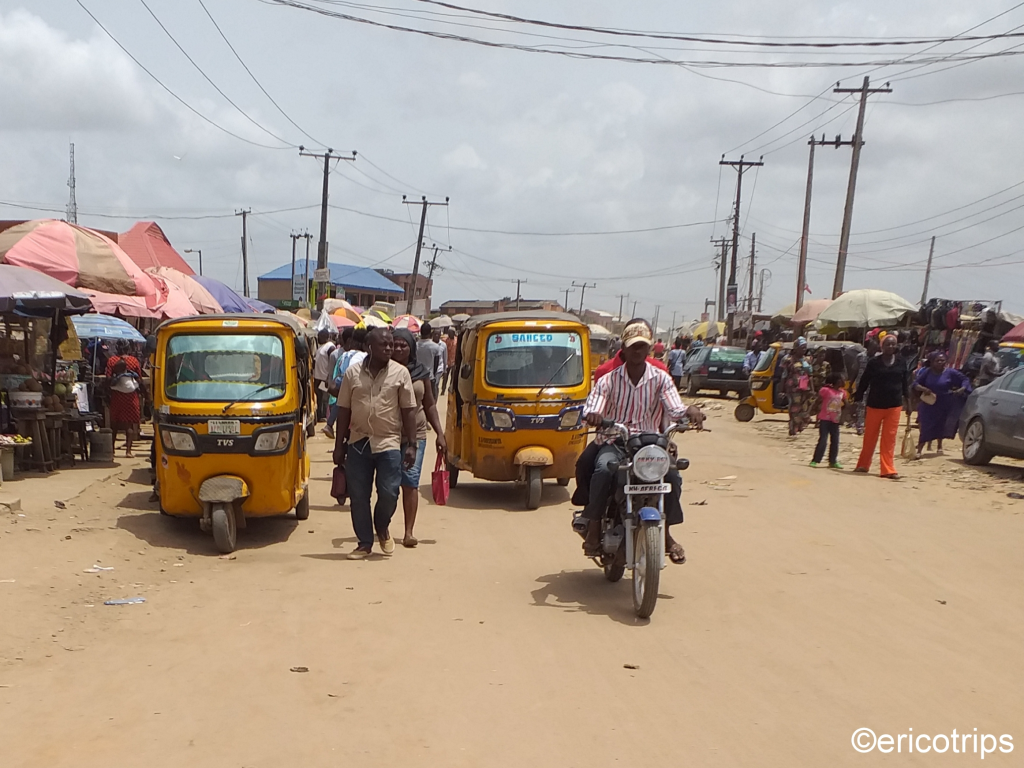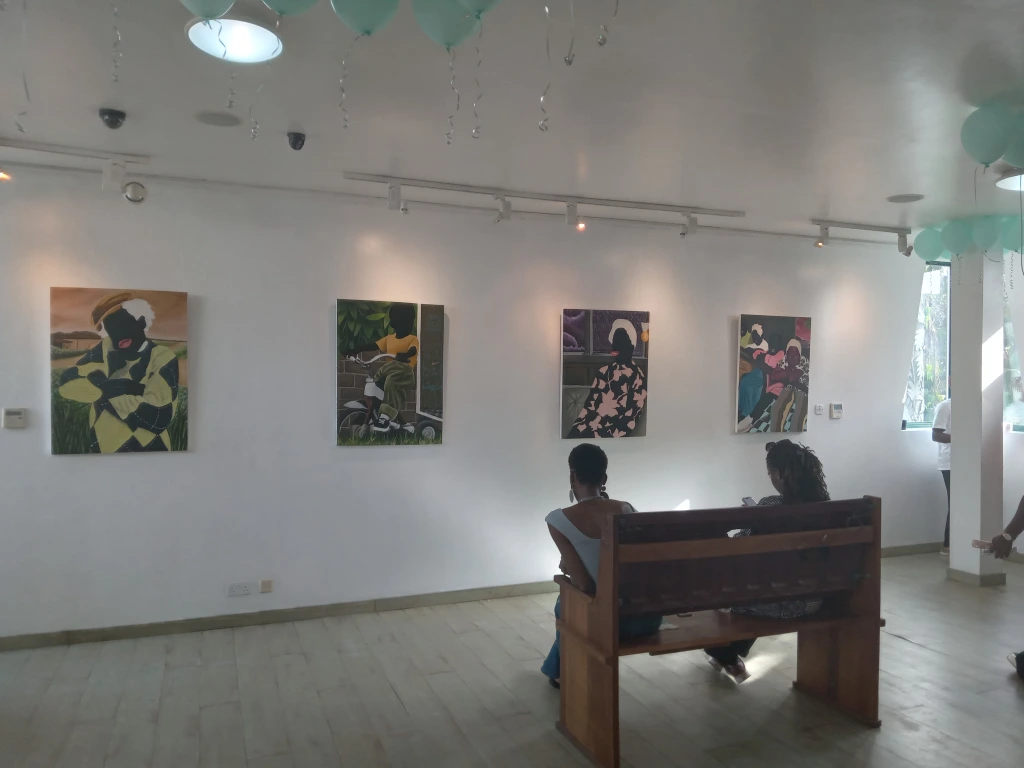Recently Updated

There is a famous saying about life that it is about the journey and not the destination. But, when it comes to living in Lagos, it is often a combination of both.
First there’s the journey, a Lagosian commuting to the island from mainland will most likely spend three hours in traffic. And what about the destination? It’s bad enough on weekdays; weekends are packaged with owanbe and finding a space to park can be as difficult as breathing when your tongue is out.
Because traffic congestion is a struggle for the twenty-something million people living in this gigantic Lagos city, government has consequtively devised bits of strategy to tackle the menace, and as much as I want to suggest my methods to curb this gridlock situation, I think it’ll only be fair to examine what the Lagos state government has “accomplished” since 1967.
So, are you ready?!
#1. OKADA BAN
Looking back to the okada ban on 1st of February in 2020, it’s possible that Governor Sanwo-Olu did not foresee the plight of citizens who walked long distances or paid exorbitant fares for Danfo buses. Lagos is traffic-choked and maddening says Tunde Bakare, and it seems like only the okada can beat this city’s clogged arteries.
Figuratively, more than one-quarter of the Lagos population do not own private vehicles and even if they did, some would rather opt for public transport options, this in turn has become a very difficult demand to keep up with the absence of Okada and Keke.
Also, during morning hours from 8:00 – 10:00 AM and 4:00 – 7:00 PM in the evening is when you get the worst kind of traffic gridlock in Lagos. It is in such rush hour that 2-wheelers and 3-wheelers function effectively, breezing through traffic like it is almost nonexistent.
#2. MEDIUM CAPACITY BUSES
Early February 2020, the Lagos state government carted out sixty-five medium capacity buses to cushion public transportation in areas like Oshodi, Marina, Ajah, Ikeja and Ogba affected by the okada ban.
According to Mr Idowu Oguntona, the Managing Director of Lagos Bus Services Limited (LBSL) at the time, the buses were expected to serve a total of 35,000 passengers daily.

Lagos Medium Capacity Buses. Photo Credit: Brandspurng
#3. LAGFERRY
Another cushioning alternative by the Babajide Sanwo-Olu administration, LAGFERRY initiative was his method of rejuvenating the marine transportation sector and this system is aimed at reducing about 1,600,000 vehicles that clog up Lagos roads daily.
The Lagos ferry services came into light in 1925 but folded in 1980s under Alhaji Lateef Jakande. Now reborn as Lagos Ferry Services Company (LFSC) or LAGFERRY, it has become the major ferry services provider in Lagos and with big heads like Uber teaming up, there’s almost no doubt that this could be the future.
Now get this, I asked a frequent water traveller, Mr Sanut about his trips in 2020 and he said the boats were reasonably fast, reaching the island from mainland in under thirty minutes and costing *700 Naira per journey, sometimes lesser.

Five Cowries Boat Terminal. Photo Credit: Madingwa
#4. BUS RAPID TRANSIT
Rewind to 2017, I was an Internship Architect at a renowned firm. Every morning I got up early – 5:00 AM in most cases so I could arrive the Bus Rapid Transit (BRT) terminal speedily. Believe me, there were days when I struck gold, few guys on the queue or many buses on hold. But most times, especially on Mondays it was the reverse.
BRT was initiated during the Bola Ahmed Tinubu administration. However, gears actually turned when Mr Babatunde Raji Fashola assumed office in 2008. It was an incredible idea at first, but then, commuters increased very rapidly.

Agric BRT Terminal.
#5. PEDESTRIAN BRIDGES
Pedestrian bridges in the city of Lagos are almost as old as I can remember.
Former Governor Akinwunmi Ambode commissioned a good number of pedestrian bridges including Berger, Alausa and Ojota flyover in 2018 but all things being equal, many citizens prefer jumping lanes on foot! Can you imagine?
At Mile 12, few kilometres from where I live, huge barricades with sharp metal studs were installed along the highway just to discourage road-jumpers.

Second Ojota Pedestrian Bridge. Photo Credit: Insidemainland
#6. TRAFFIC REGULATION AUTHORITIES
It’s hard to miss Lagos State Traffic Management (LASTMA) officers quarrelling with Danfo drivers in bustling Lagos neighbourboods every now and then. Founded by Mr Bola Ahmed Tinubu on 15th July, 2000, the duty of LASTMA is to curtail any threat to the free movement of vehicular traffic.
You’ll find officers controlling traffic in place of traffic lights, getting knocked and illegally parked vehicles off highways and directing pedestrians in the right path. Their job gets cumbersome sometimes, this is why there’s assistance from Police, FRSC, and Lagos Neighbourhood Watch.

Powers of LASTMA. Photo Credit: Naijauto
#7. ROAD EXPANSION
Bukum! Bukum! Bukum! Another building goes down in rubble.
Lagos is yet again expanding the road network from two to six lanes and Mr Tunde has lost a chunk of his property, if not all. Èkó why now?
Over the recent years, government has embarked on major expansion projects including Lekki-Epe, Lagos-Abule and Ikorodu-Mile 12 road expansion in 2012. Needless to say, homes, religious buildings, schools and statues in some cases get demolished to allow construction.
For compensation, the affected person or company will need relevant documents like CofO, Approved Building Plans and Certificate of Occupancy. And here’s my advise, do not build near major roads, you never can tell what happens in five years.

Road Construction. Photo Credit: Justdial
#8. RAIL TRANSPORT
This takes me back to Osogbo in Osun state, it was during my NYSC days and I had inquired at a train station about the Agege trip. It was very affordable – *800 Naira but it could take up to seven hours, if not more!
The construction of railways in Nigeria started from Lagos Colony to Ibadan in March 1896, by the British government. Trains on Lagos tracks are now basically known for the sloooow pace, travelling at 45 km/h in some cases. But thankfully, there’s light at the end of the tunnel.
Quicker trains operated by China Civil Engineering Construction Corporation Ltd (CCECC) started running at 150 km/h from Lagos to Ibadan from April 2020 in the state.

Lagos Blue Line. Photo Credit: Businessday
#9. MARKET DEMOLITION
In 2015, Mr Akinwunmi Ambode did something that shocked occupants of Lagos, he transformed the Oshodi landscape from top to bottom. Before, the suburb was notorious for illegal activity and traffic jams. So, how did Ambode do it? Easy! He demolished the Oshodi Market and ordered the relocation of traders to Isopakodowo.
Now, at first glance this may have appeared heartless but in doing so, Mr Ambode freed the area of pickpockets and bag snatchers. Not only that, his work further reduced traffic congestion and made way for an ultramodern bus terminal along the axis.
Oshodi Market is one of many markets that have been demolished because of encroachment on roadways.
Wetin man go do.
In Conclusion
Lagos state traffic congestion is far from over and it’s going to take a bundle of initiatives like the construction of new channels (take Fourth Mainland Bridge as example), emphasis on obeying traffic regulations, and the diversion of industrial big heads to neighbouring states like Ogun, Oyo and Osun.
Do you think any of these action-packed strategies have worked? Or is there something else that the government needs to try? Kindly mention in the comments below.
*prices are subject to change.
Èkó ò ní bàjé










Leave a comment